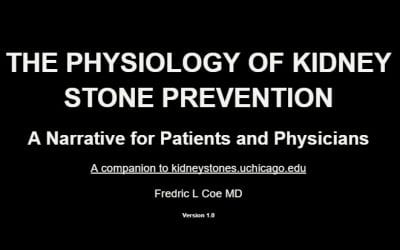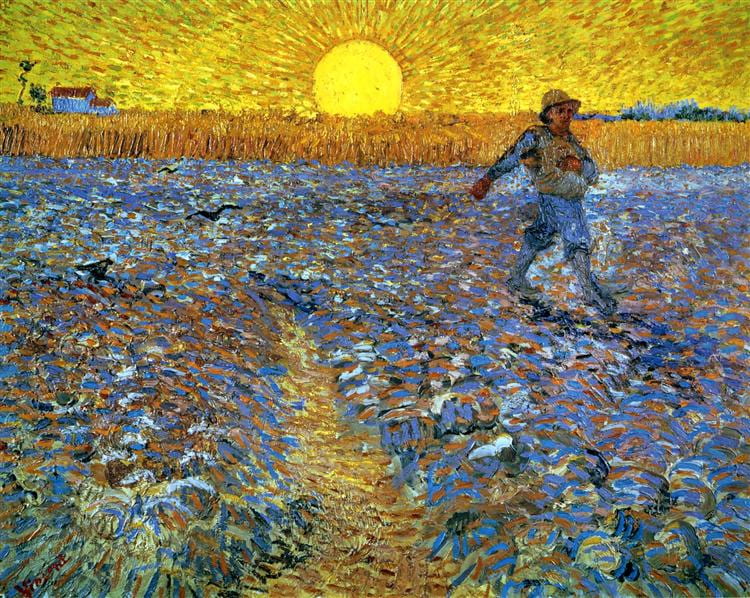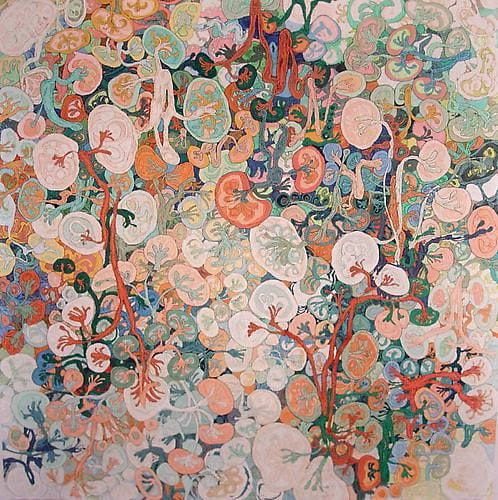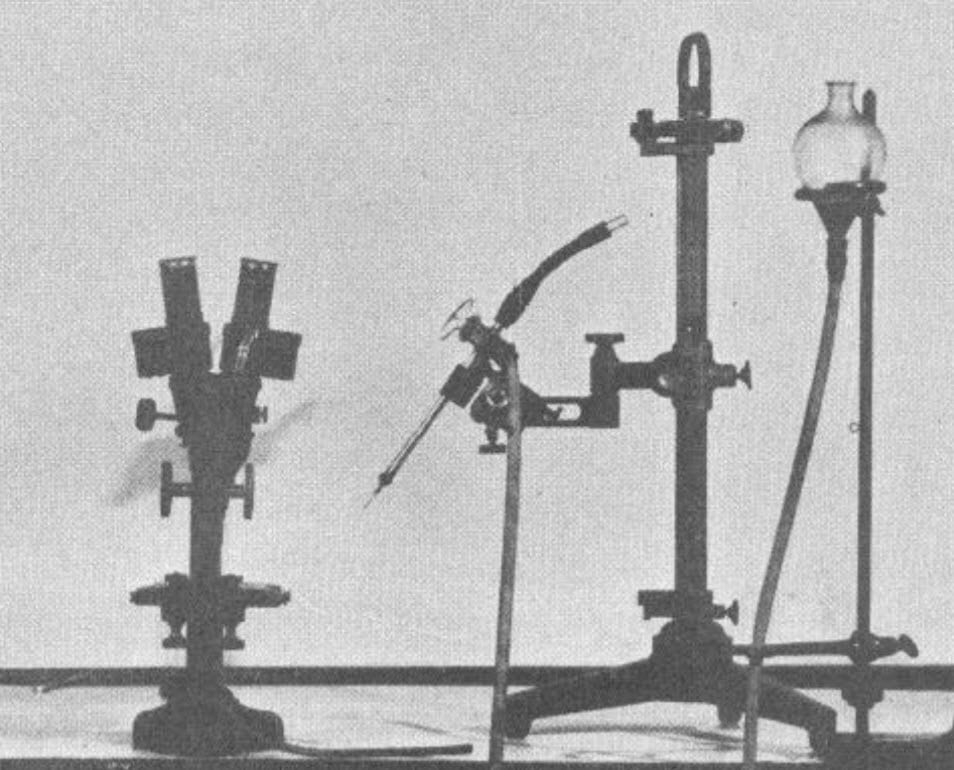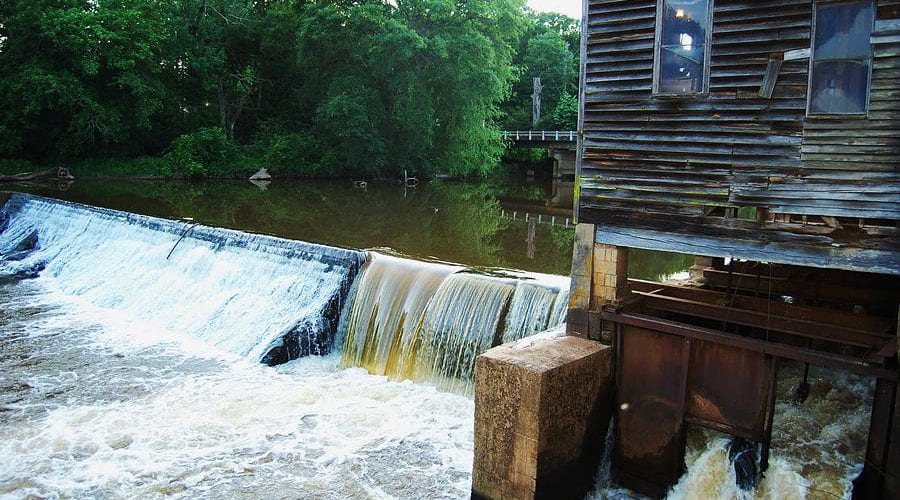
How Kidneys Function
Only kidneys can make kidney stones. Only they produce the supersaturations needed, and only they set the levels of urine stone risk factors like calcium or oxalate.
They do so under the influence of many hormones, but only their cells can act so as to produce stone disease.
Ultimately, because only kidneys can make stones, we need to understand how they function if we want to understand how stones form and how we can prevent them. This primer introduces kidney functions understandably, and illustrates them with data from our own patients and a smattering of normal people for contrast. So it offers kidney function from the viewpoint of stone disease.
I used this beautiful Alabama Grist Mill Dam by Beverly Hammond in my book chapter on primary hyperparathyroidism to illustrate the idea that kidneys not only regulate what is in the urine but also what is in the blood. Here, I expand that idea into the larger context of kidney function in general.
The Mill Dam
The river ran down from its watershed long before the mill was built. When it is so long gone no one living remembers it was ever there, the waters will flow as they did before it. But even now, the dam makes no discernible difference to someone downstream. It must be high enough the falling water turns the wheel, and low enough the river does not flood the place. But after a little while for the pool to empty or fill, the flow downstream will be same whatever the height of the dam.
The dam sets the level of the pool for a given flow. It cannot itself affect the flow except for brief time while things equilibrate.
The Kidneys
For the many nutrients and byproducts of our metabolism kidneys offer the only way out of the blood. So each flows through us at its own peculiar rate from its source in food or metabolism into blood and thence out again through the kidneys.
Kidneys, like the mill dam, cannot set the rate things go through us. That rate is imposed by diet, metabolism, and the massive regulator schemes the body has evolved for their control. But for each molecule or atom passing through kidney cells can set the blood level for the rate imposed on them.
So as kidneys serve their masters, they set their many mill dams for the rates imposed on them. And as things go, sometimes, the final mix causes them to calcify their tissues. They produce stones in the course of serving the body.
This is the story of how kidneys function.
Effects of Food and Fluids
When he spring rains swell the river it washes through the mill pool and the water clears of silt and poisons from factories upstream. You might swim in it. In August drought, the pool is the same size, but stagnant. So for anything the kidney clears from the plasma, the faster it does so the shorter the time things dwell there, food or poisons. For either one, poisons especially, the product of how long and how concentrated set the effects it has on the cells of the body. So, as a higher mill dam means a larger pool for the flow, a higher kidney dam means a higher concentration in the blood plasma, more of the molecules. For any flow through, the dwell time is higher.
Why Do You Want to Know
Stones and their surgeries can injure kidneys so they lose function. You want to know how function is measured and what it is we measure. All treatments alter kidney functions. That is the only way they can prevent stones. To know what they alter is to understand what treatments do and how to best use them. If knowledge and understanding improve medical care, here is a distinctive and crucial area of both.
Do Vitamin D Supplements Raise Kidney Stone Risk?
Not rarely patients and readers on this site ask about vitamin D supplements and whether they raise the risk for kidney stones or reduce risk for bone fractures. This article is about the first question. In pursuit of the answer, I would like to share with you how one...
BOOK DOWNLOAD: Physiology of Kidney Stone Formation
A Free New Book About Kidney Stones Here is a download link for the book Here is a brief video that walks you through the book Why Another Book? It has long been my impression that discussion of kidney stone formation arises less out of the rich detail of kidney...
CANARY IN THE MINESHAFT
The painting by van Gogh, The Sower with Setting Sun (1888) Kroller - Muller Museum, Otterlo, Netherlands, has no obvious connection to this article unless you have read Nellie Hermann's essay on the former mining district of Belgium called the Borinage. Writing in...
THE TRUE MEANING OF RENAL CLEARANCE
I put my youngest image here because the groundwork of what I offer belongs to 1965 when I first thought about the problem and 1968 when my paper about it was published. I should have put in as a bookend my latest and oldest image, too, for I completed the thought...
Kidney Stones, Kidney Function, Kidney Disease
Glomerular filtration is the main life sustaining kidney function, and kidney stones can cause enough damage to lower it. Usually the reduction is very modest, but sometimes stones can cause kidney failure. This means, like all diseases, stones are best prevented as...
Kidney Stones Can Cause Kidney Disease
The first article in this series of three summarizes the importance of filtration, the rudiments of how we measure it, and the results of research concerning how kidney stones reduce it. This article gives the details of kidney function in stone formers. It carries...
Glomerular Filtration
Kidney stones form at the tips of the renal papilla, and what forms them is the functions of the kidneys as driven by the needs of systemic homeostasis - maintenance of constant and normal blood levels despite wide variations in intakes. Stones themselves, obstruction...


